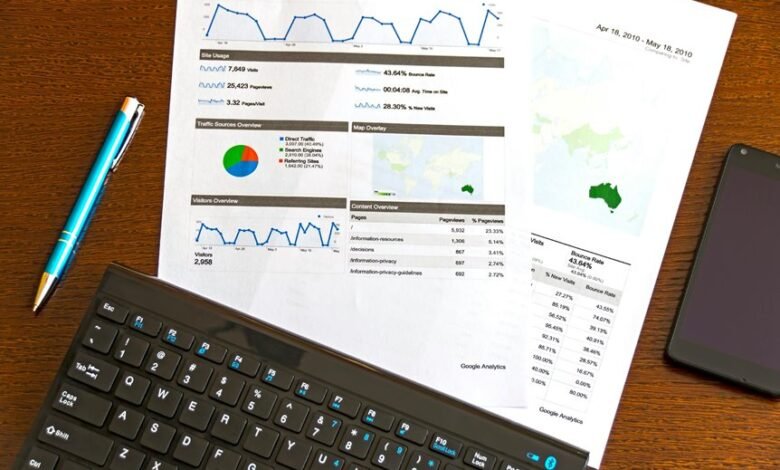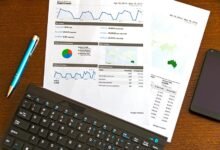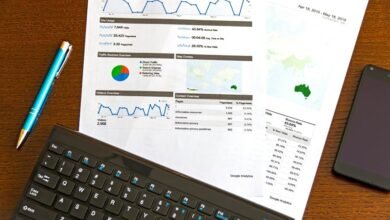Financial Performance Dashboard: 101023442, 101030500, 101040500, 104439950, 105517881, 107502735

The Financial Performance Dashboard serves as an essential resource for organizations tracking their financial health. It aggregates critical metrics associated with accounts such as 101023442 and 101030500, among others. The dashboard employs visual aids to present complex data in an accessible manner. This approach allows for a comprehensive analysis of revenue growth and profit margins. Understanding these components is crucial, yet the implications for strategic decision-making extend far beyond surface-level insights.
Key Components of a Financial Performance Dashboard
A financial performance dashboard serves as a crucial tool for organizations aiming to monitor and evaluate their financial health effectively.
Key components include data visualization elements that present performance indicators such as revenue growth, expense ratios, and profit margins.
Analyzing Financial Metrics: Identifiers Explained
Understanding financial metrics is essential for organizations seeking to make data-driven decisions.
Identifier significance plays a crucial role in metric analysis, as it allows for the categorization and comparison of financial data across various dimensions.
Benefits of Utilizing a Financial Performance Dashboard
Clarity in financial oversight is significantly enhanced through the utilization of a Financial Performance Dashboard.
Employing data visualization techniques facilitates immediate comprehension of complex data sets, allowing for informed decision-making.
Furthermore, the performance tracking advantages enable organizations to swiftly identify trends and discrepancies, ultimately fostering a proactive approach to financial management.
This empowerment aligns with the pursuit of autonomy in financial operations.
Conclusion
In conclusion, the Financial Performance Dashboard proves essential for organizations aiming to enhance their financial oversight. While some may argue that visual representations can oversimplify complex data, the dashboard’s carefully designed charts and graphs facilitate a deeper understanding of key metrics. By transforming intricate financial information into accessible visuals, stakeholders are better equipped to make informed decisions, ultimately driving strategic initiatives that align with their financial objectives. Thus, the dashboard serves not merely as a tool, but as a strategic asset.







